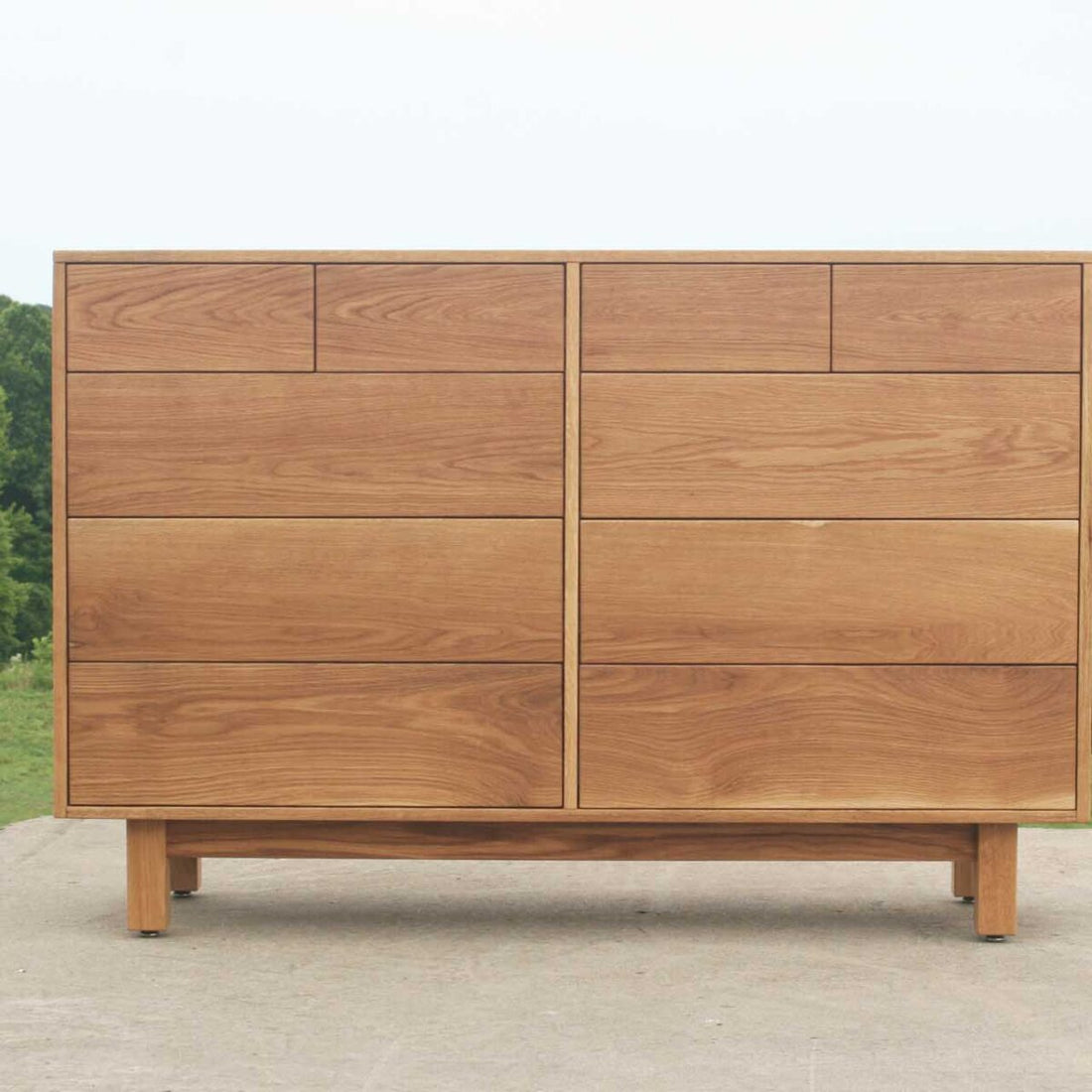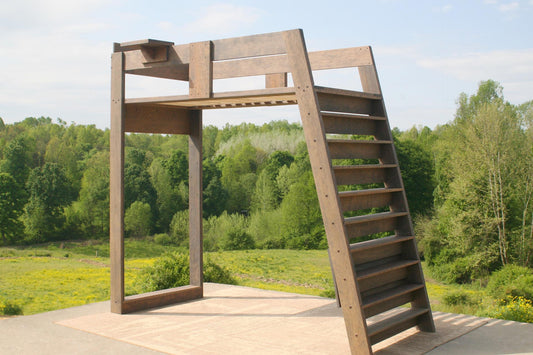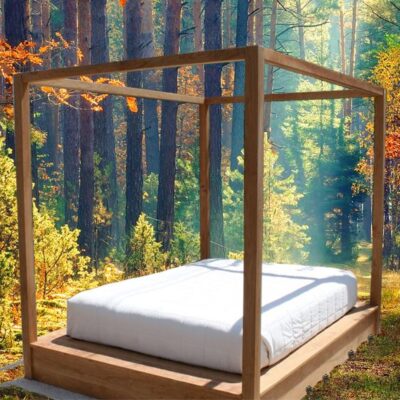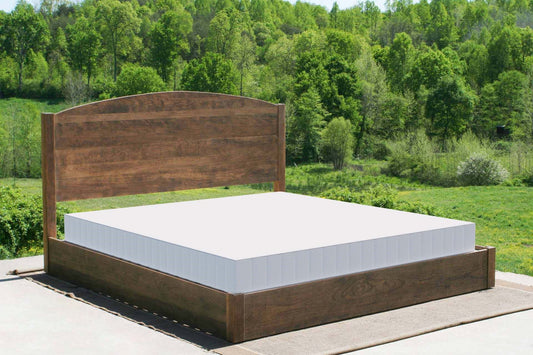What is the difference between a bureau a dresser and a chest of drawers?
Solid Custom Heirlooms
All about dresser furniture
Furniture shopping can be confusing because so many names are used for the same type of furniture. Bedroom storage is a great example - do you call it a dresser, a chest of drawers or a bureau? What about a tallboy, a highboy, or even an armoire? And what is a Chifforobe anyways? It can be overwhelming!
At Solid Custom Heirlooms we build all of these types of furniture and more - and part of the process of building custom dressers and chests is to define the terms with our customers. This article will share what we have learned over the years about bedroom storage, define the terms as we use them and explain the differences in each.
A dresser is a long, low piece of furniture with two to three columns of drawers set side by side. Each column is between 2 and 6 drawers tall. A standard dresser is waist high - about 35 inches - and dressers are typically 30 inches to 80 inches wide, depending on the width of the drawers. Standard dresser depth is 20 inches.
A dresser is often sold as a set with a matching mirror, and can include hardware to mount the mirror on the horizontal dresser top.
Bureau vs dresser vs chest of drawers
Bedroom storage is key to keeping your sleeping area neat and tidy. Bedrooms of all sizes can benefit from a set of drawers - but what are they called? Lets start with the basics. Please keep in mind that many people use these terms interchangeably, and different terms are used in different parts of the USA. Here are what we think are the most commonly used terms!
A chest of drawers, sometimes just simply called a chest, is taller and takes less floor space than a dresser, typically with one column of 4 to 6 drawers. A chest of drawers is 48 inches to 65 inches tall and has a standard depth of 20 inches.
A Gentleman's chest, bachelor's chest and lingerie chest are all specialized types of vertical chests with different combinations of drawers and cabinet spaces.
A bureau is very similar to a dresser but is used in a living room, library, dining room or office instead of the bedroom. A bureau may also have a roll-top or secretary desk and be 20 inches all the way up to 36 inches deep depending on it's intended purpose.
A dresser is often called a bureau because the two pieces look and act much the same.
Dresser vs chest of drawers
Dresser and chest of drawers are terms that are used almost interchangeably, but have key differences. A dresser is long and low with multiple columns of drawers, while a chest of drawers is tall, narrow and has one column of drawers. While both a dresser and chest of drawers have a standard depth of 20 inches, it is not unusual to find dressers up to 30 inches deep and a chest of drawers with a shallower depth down to 12 or 10 inches.
Dressers and chests of drawers are often sold together as part of a bedroom set, alongside a bed frame and nightstands. The larger, wider drawers of a dresser work well for bigger clothing items and linens, while the smaller chest drawers are used for more delicate items of clothing. If you have enough room, other pieces can also be added such as a lingerie chest that has a shallow depth of 10 to 12 inches and has shorter drawers. Used together as a set, a dresser and chest can keep your bedroom organized and tidy.
Is there a difference between a bureau and a dresser?
A dresser has two to three columns of drawers and is used in the bedroom while bureau is used in other places such as a living room, office or even a library. The main difference between the two is that a dresser is used to store clothing and linens and a bureau is used for other types of items such as plates, dishes, books or office supplies.
What is the difference between a chest and a bureau?
A standard chest is a tall, vertical furniture piece with a single column of four to six drawers to provide maximum storage in a small space. A chest is an efficient piece of storage furniture for smaller bedrooms as it has a reduced footprint vs a larger double dresser.
A bureau can look like a chest of drawers but is used outside the bedroom. But, this is where the definitions get a little murky, as media chests are their own type of furniture and can be used in any room of the house!
Tallboy, highboy and lowboy
A tallboy is a piece of storage furniture with a chest of drawers on the bottom and a wardrobe on top. The term tallboy is also loosely used for any tall dresser or chest of drawers.
A highboy is a type of furniture that originated in the Victorian era, and is also known as a double chest of drawers. A highboy has one tall column of drawers, and is made up of a chest of drawers in the bottom section and a slightly smaller chest of drawers on top. It is also sometimes called a chest-on-chest.
A lowboy is the waist high bottom section of a highboy, and can be used as a stand alone piece of bedroom furniture.
How about a wardrobe, armoire or chifforobe?
A wardrobe is head-high or taller piece of furniture with split doors and a simple clothes hanger rod. Before homes had built-in closets, wardrobes were a place to store clothing and coats away from dust and especially moth damage. If you are on the hunt for Narnia, a wardrobe might be what you need!
An armoire is a wardrobe with the addition of drawers, doors and or other storage spaces. Also intended to be a replacement for or supplementary to a built-in closet, an armoire adds additional organization features to a standard wardrobe.
A chifforobe, sometimes also called a combo dresser, combines a wardrobe with a chest of drawers. Chifforobes typically feature the wardrobe on one side and the vertical chest of drawers on the other.
Is it a dresser or a chest?
At Solid Custom Heirlooms we know that there are a lot of different names for storage furniture. No matter what you a call them, we are here to help you find what works best in your home. We use American hardwood to craft a wide variety of dressers and chests, from simple double dressers to more elaborate chests and armoires. If you don’t see what you are looking for, or want to talk more about achieving a specific look, please contact us, we would love to help you make your dreams a reality.









